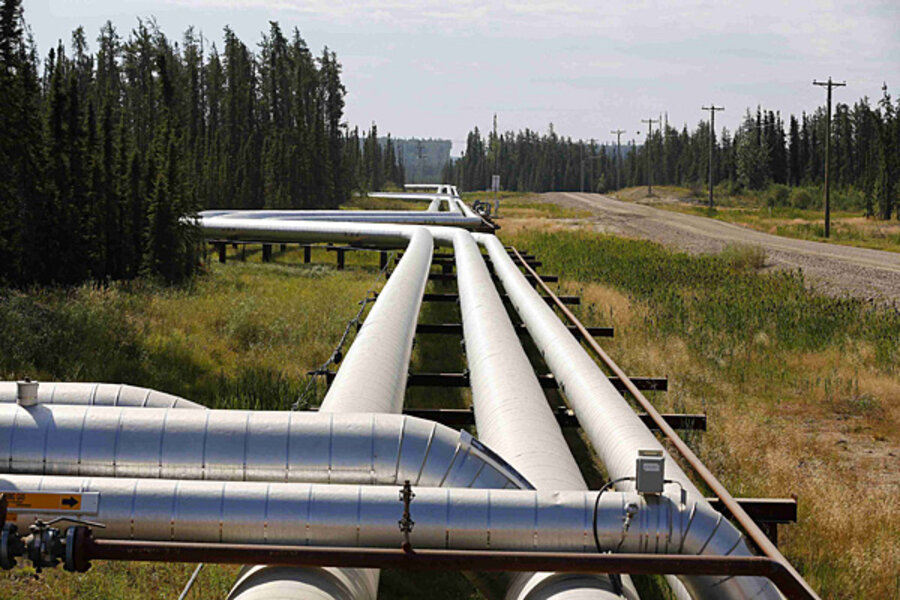Canada looks to China, India for energy customers
Loading...
Asian countries continue to line up for Canadian energy to which the United States is unable to commit. This week Japan's prime minister Shinzo Abe met with his Canadian counterpart Stephen Harper to discuss the potential for shipping liquefied natural gas (LNG) across the Pacific Ocean to Japan. Although no firm agreement was announced, Japanese newspapers speculated that the first Canadian exports might reach Japan as early as 2018 and no later than 2020.
This reflects, among other things, the greater difficulty that Canada has had in developing LNG export terminals. Low prices for gas from western Canada is another problem, and although there is reason to believe in a secular rise towards higher prices, U.S. producers are less affected by the current levels. On the other hand, as prices rise, there are fears in Canada of a typical bust-to-boom scenario; and for this, there is fear that Canada's gas producers are and will continue to be ill-prepared, not even able to take advantage of the anticipated boom. (Related article: Despite Shale, OPEC Still Matters)
Nevertheless, India is also getting in line for Canadian oil as well as gas. India's High Commissioner Nirmal Verma was also in Ottawa this week to sign a nuclear cooperation agreement allowing uranium from Canada to be sold to India as reactor fuel. India seeks to triple in electricity production in the next decade, in part by building as many as a dozen new reactors.
Agreement was actually reached three years ago, but the additional time is required in order to establish a process for independent verification that the fuel is used for peaceful purposes. In 1974, India used a reactor supplied by Canada to create the fuel for a nuclear bomb test.
India is even willing to consider investment in the Energy East Pipeline, even as TransCanada has had to delay its filing of an application to the National Energy Board from this year until next year.
Environmental concerns that need to be addressed during the regulatory process are partly responsible for the delay, but also it is now foreseen that the original estimate of 850,000 barrels per day (bpd) is low and should be increased to 1.1 million bpd. (Related article: Canada to Drill for Offshore North Atlantic Oil)
Energy talks between the two countries were elevated to the ministerial level last year when our visit India, and India's energy minister will be visiting Ottawa later this month to continue the discussions.
The oil-sands are doing slightly better, as the first crude-by-rail unit train terminal is set to start transporting 50,000 bpd to the U.S. market next month. This amount will rise at least tenfold by the end of next year. Meanwhile, an official from Enbridge says that his company expects a decision from the federal government ought is Northern Gateway pipeline by mid-2014 and an in-service date four years later.







